The News-Hub/ Articles
Back to Articles
Recommended Articles
Climate Change Can Be Racist Too
The influence of systemic racism has extended beyond the boundaries of human interaction, and well into the air we breathe and the water we drink. All over the world, minority populations face a lower quality of life than their whiter and richer counterparts due to their proximity to toxic waste facilities, landfills, air pollution, and more. This concept, known as environmental racism, has lost its zeal in social justice movements during recent years, yet the issue remains as prominent as ever. In fact, a 2018 study by the Environmental Protection Agency’s (EPA) National Center for Environmental Assessment revealed that African-American people breathe 1.5 times more particulate matter than white people. So, yes, climate change can be racist, too.
How did this happen?
There are several reasons why environmental racism came to be so severe. The issue can be traced back to overt instances of racism, like race-based zoning and housing, or simply poor land use planning in the past. However, at its core, environmental racism is discrimination in environmental policy-making because ultimately, “policies reflect the attitudes of policymakers.” Thus, people who are already disadvantaged because of their race or wealth are made even worse off.
The Keystone XL Pipeline Project
A quintessential example of environmental racism in practice is the Keystone XL Pipeline project, which serves as a rather flagrant disregard of the lives of Indigenous populations. The US and Alberta invested billions into this pipeline in efforts to create a cheap and efficient form of transportation for tar sand oils to refineries on the Gulf Coast. During the transport of these commodities, significant amounts of pollutants would be excreted. Arguably, the most detrimental effect would be the pollution of Ogallala Aquifer, which is a precious water supply for several states in America - especially for Indigenous populations.
Therefore, even aside from the fact that the Keystone XL Pipeline will double the amount of oil produced by 2030, which is an evidently large shift away from renewable energy, this will also harm or even kill more marginalized people by infecting their main source of water. In efforts to prevent the pipeline from being built, Indigenous populations have fought hard and sued the government on the grounds that they are overstepping treaty rights.
Recently, Chief US District Judge Brian Morris denied the environmental permit required for the pipeline to be built, because it would also risk the lives of endangered animal species. Though this is good news, this is simply not enough in the fight for environmental justice. More must be done to help--and you, yes you reading this article, can do exactly that.
So, what can be done exactly?
A good first step is educating yourself and spreading awareness of the fact that climate change impacts people in unequal ways. Share information on your social media, even if it’s just to your close family and friends. Support politicians, policies, and organizations that are fighting for environmental justice. (I highly recommend this article by InHabitat, which provides a list of such organizations.) The more people that know, and the more people that feel indignant by this sense of injustice, means the more that we can work to unlearn the racism we have subconsciously internalized as a result of living in this post-colonial world. We must demand corporations and our government to be better. We must use our voice and privilege to help those who cannot help themselves.
As global citizens, we must save our people and our planet.
Empty content. Please select category to preview

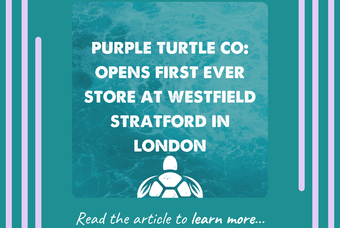


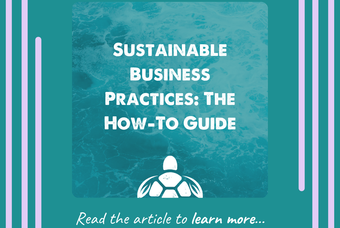

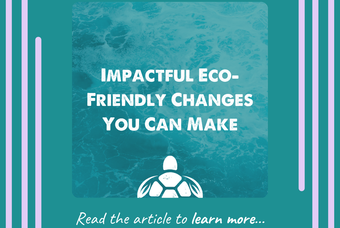
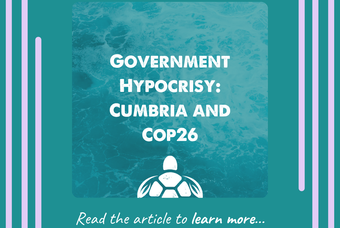
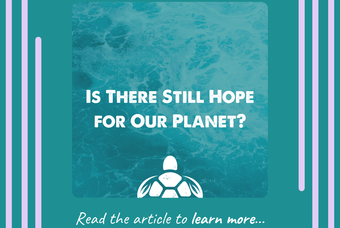
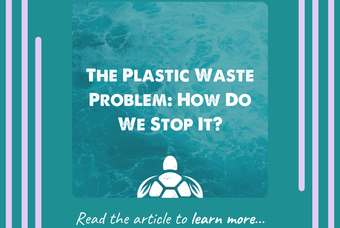
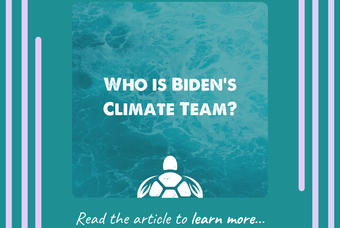
0 comments. Write a comment